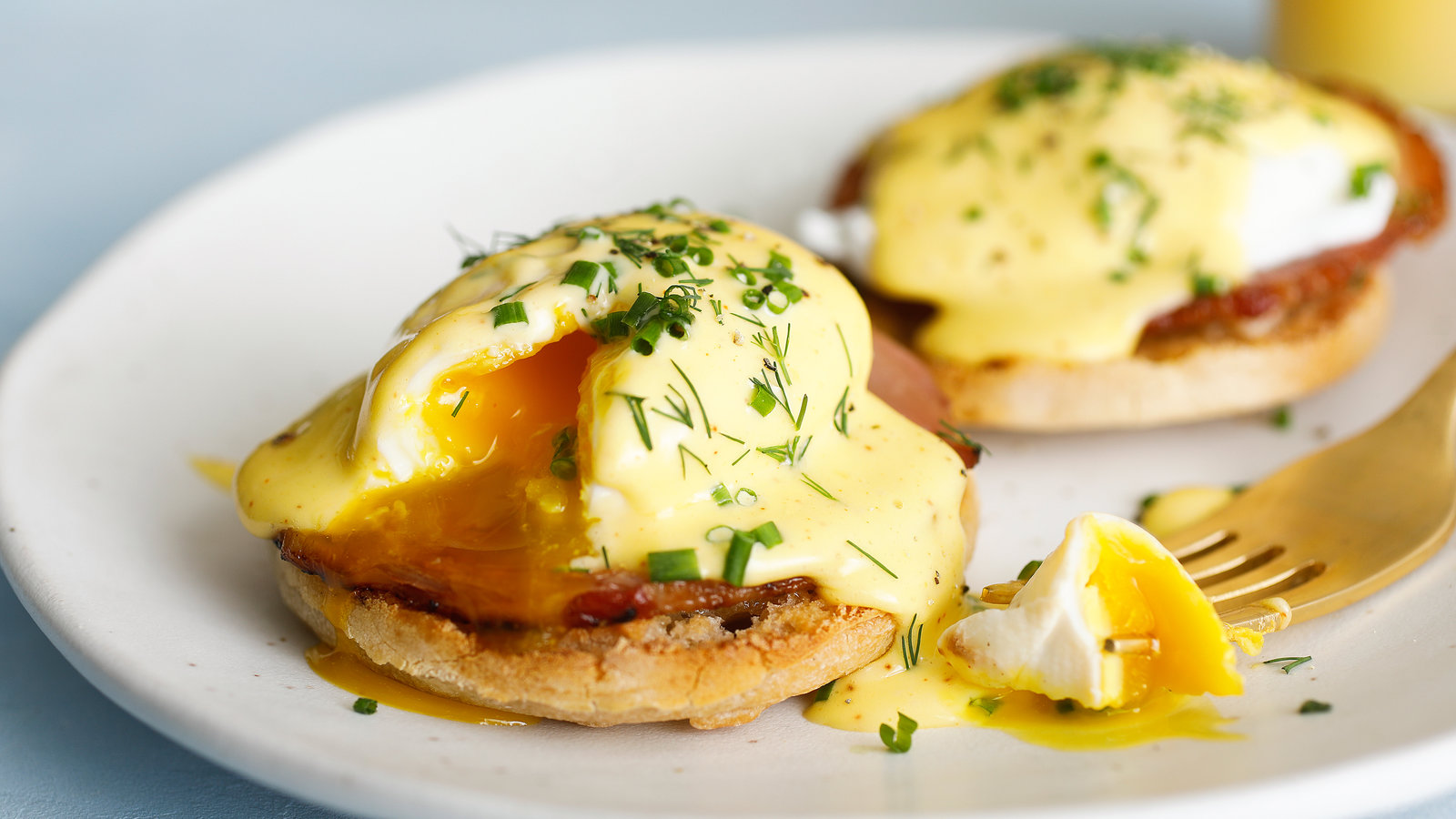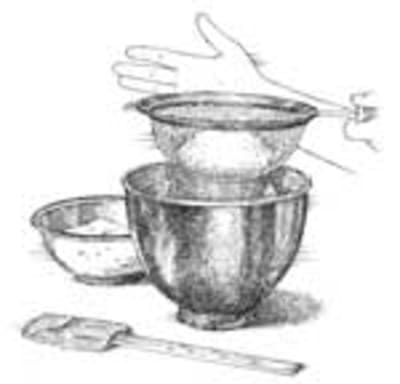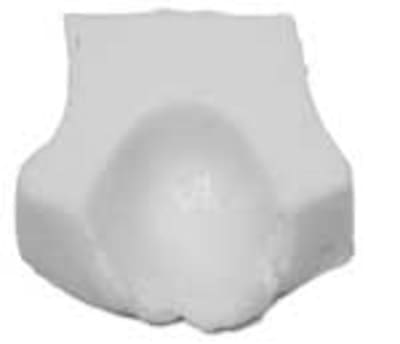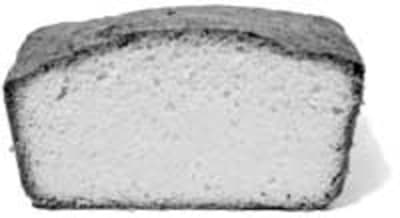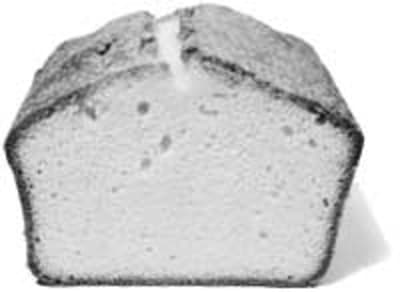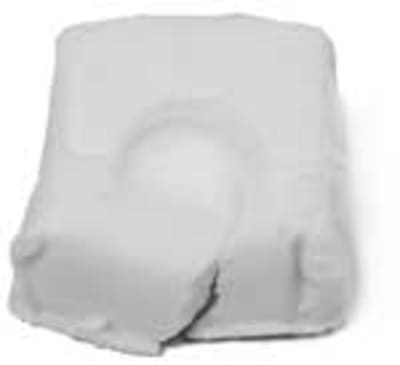I think it would have been better with less sugar. I think the sugar took away from the complexity of the flavor and made it too sweet. I had waited until the watermelon was thick so I only cooked it a minute or two with the sugar (until it dissolved) I didn’t want it to burn. The color was cool. When I made it I cooked the pieces so I had do strain it 1/2 way through the cooking and then continue cooking it down.
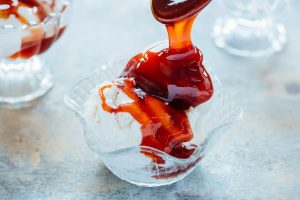
What Does It Taste Like?
This sauce doesn’t take on the same nutty, butterscotch flavor as traditional caramel, nor does it get quite as gooey and sticky. Instead, you’re rewarded with a summery caramel sauce that’s much, much better. Slow cooking transforms watermelon from a once light and bright snack, to a thick sauce with rich, deep sweet undertones. It might even remind you of an ultra-ripe summer tomato.
Put Your Watermelon Caramel Sauce to Work
If you can stop yourself from enjoying it straight from the pan, there are more than a few ways to eat this watermelon caramel sauce: Spoon it over everything from ice cream and pound cake, to pavlovas and cheesecake. It’s wonderful with savory dishes, too: Pair it with creamy burrata, drizzle it on spicy tacos, or spoon it over plain white fish for a dinner that pops with flavor.
Watermelon Caramel Sauce
Serves 4
16 ounces watermelon juice
1/2 cup granulated sugar
Optional – strain the small solids from the juice.
In a medium saucepan, bring the juice to a steady boil and cook until it reduces to about 2/3 cup, about 30 minutes. As it cooks, the water and sugar from the melon will separate, and the liquid will eventually begin to thicken slightly.
Add the sugar and stir until it’s completely dissolved. Continue cooking the caramel for 10 to 12 minutes until thickened. Remove the pan from the heat and cool before using. If you don’t eat it all immediately, store it in a sealed jar in the refrigerator for up to one week.
Recipe Notes
- Watermelon Juice. Use 3 pounds uncut watermelon or 3 cups cubed watermelon for 16 ounces of watermelon juice.
- Storage. Store in an airtight jar in the refrigerator for up to 1 week.


